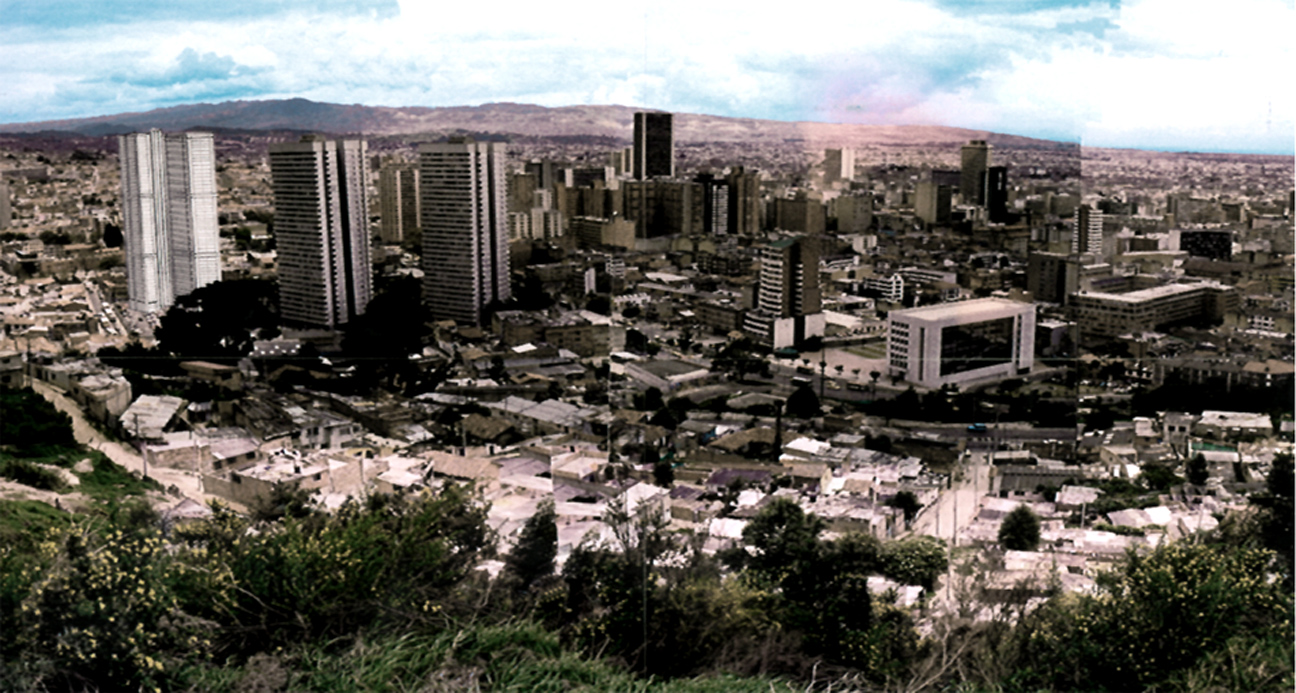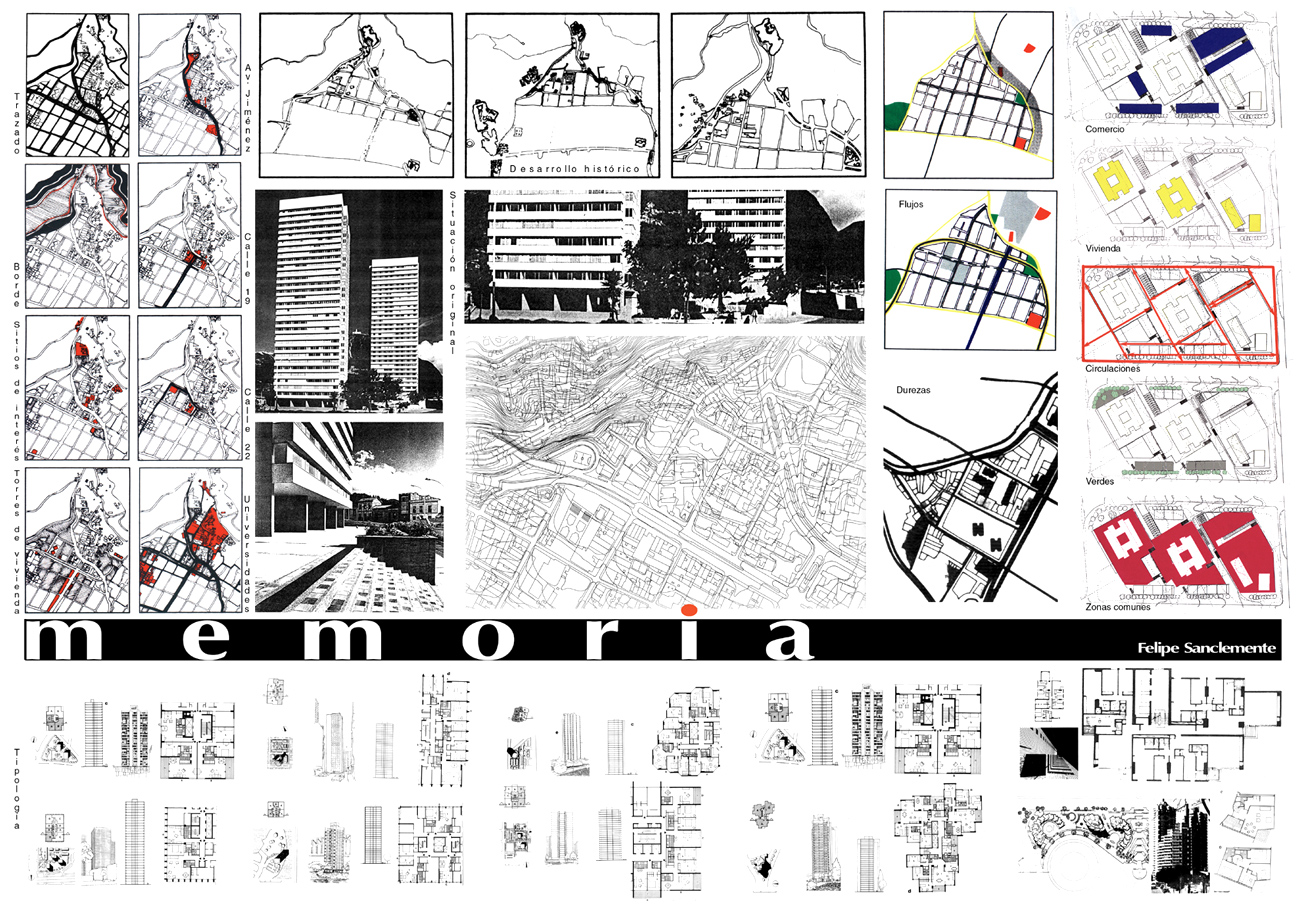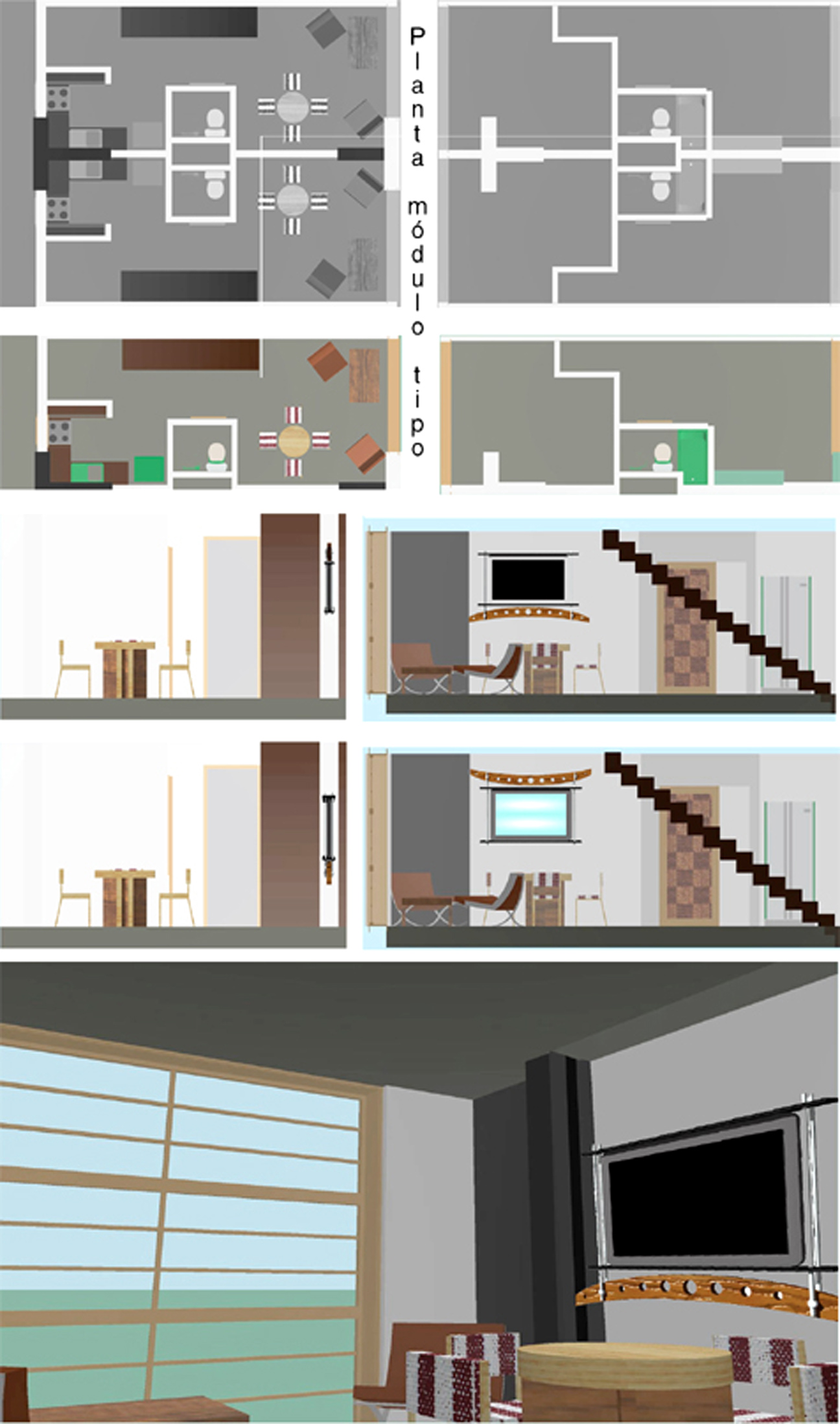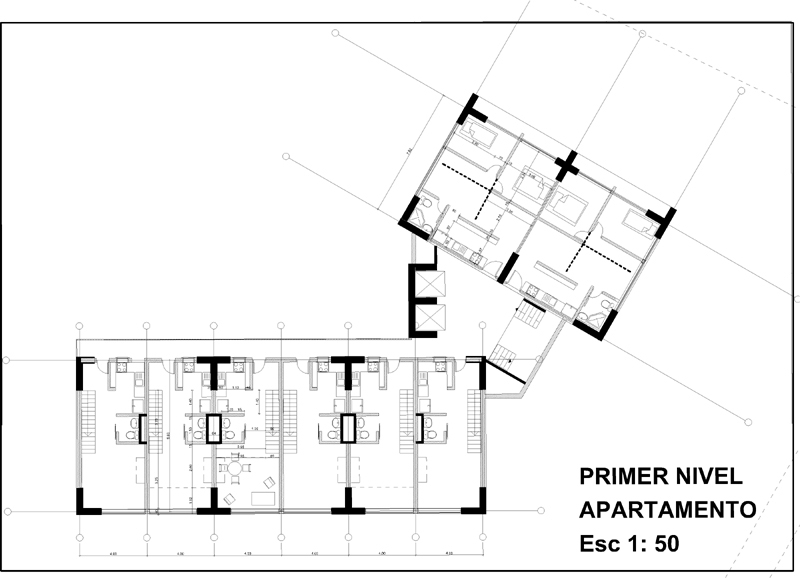Remembering the Academy
Thinking Space
The architectural debate of this end of the century, puts on the table different fields that are not properly architectural. The architectural project is conditioned by different aspects that go beyond an architectural approach by the architect. The norms of planning, the desires of the client and the need for a greater economic profit sacrificing the space qualities of the architecture. These are concepts that were previously obstacles to the architect, today are understood as determinants of the project. Hence the pertinence of asking ourselves about these new determinants. We must reassess the attitude of architecture in the face of these social, cultural and economic changes.
Understanding the dynamics of the relationships that form our cities impels to modify the architectural discourse. New citizens have changed the way they interact in the city. What formerly formed the neighborhood, has been radically transformed. The neighborhood ended in close proximity. Under the influence of the contemporary media, closeness distances itself from distance. In the same way, modifying concepts such as distance, closeness or time transform the domains of the public and the private. With it my and yours and the internal and external.

In a society like the one we defined above, based on changes in communication processes that modify distance and space, they also modify the form of writing and, consequently, architecture. The media not only determine through public opinion the concept of truth and reality but modify the act of transmission and communication. To characterize the media we have to differentiate and analyze the differences between them. In the same way you have to find the equalities and the characteristics that determine them. Within the media, we find the written media, such as the press, magazines and even the information network. Auditory means such as telephone or radio, and finally audiovisual media such as television, film and the Internet. Knowing and distinguishing between them allows us to look for the common element where they converge. They are means, which contain a message between an emitter and a receiver. The code can be binary, alphabetical, electromagnetic waves or even a beam of light, but to get in touch with people need a support, it is not even a role, but the screen generates the possibility to support the structure of the means In the physical world. The screen reveals itself as a new element of contemporary everyday life that modifies our behaviors, our relationships and our idea of the city.
The approach of all architecture is developed around the limit that constitutes the architectural stroke. A limit that separates the private and the public or internal and external. The screen influences this limit so that the private becomes public to the extent that the media enter the sphere of private housing. The screen is a destructuring medium of the individual’s family and of architectural space-time. This dismantling capacity has to be reviewed by the architecture.
An architectural code reflects and determines the social order of public and private space. This code has been gradually increased by the video code. Through the screen connect rooms, families, social classes, cultures and public and private domains. In this way, by connecting architecturally different regions, the video fulfills an architectural function. That is why a public space of vital importance in our city is television. In a city governed by fears and means, the mediated communicative processes become real. The public is public opinion.








